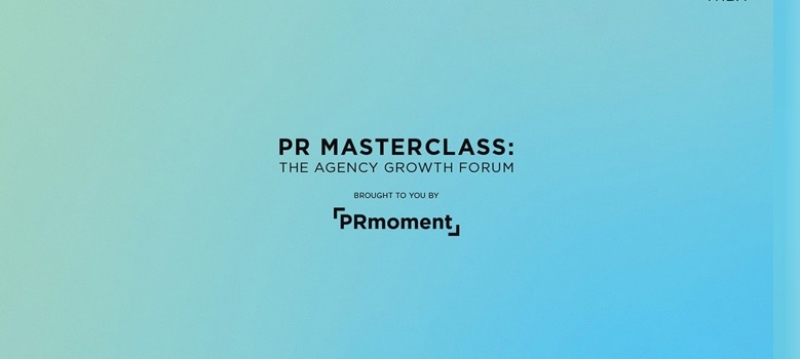 “In the future everyone will be anonymous for 15 minutes” was emblazoned on a pink TV by the artist Banksy. He was perhaps making a subversive statement that, thanks to the online world, we’re freer than ever to express our views and know that people are listening. There’s no denying this is the case in our personal lives. Consumers have never had a more powerful influence over brands, but in the workplace it feels like many of us are still waiting for our 15 minutes of fame.
“In the future everyone will be anonymous for 15 minutes” was emblazoned on a pink TV by the artist Banksy. He was perhaps making a subversive statement that, thanks to the online world, we’re freer than ever to express our views and know that people are listening. There’s no denying this is the case in our personal lives. Consumers have never had a more powerful influence over brands, but in the workplace it feels like many of us are still waiting for our 15 minutes of fame.
It’s fair to say that the corporate world hasn’t fully caught up with the insatiable appetite for fame and recognition which dictates consumer culture. While we may be encouraged to proactively share our views internally in business, we are rarely asked to contribute insights into our jobs and work-life to the outside world.
Of course, there are plenty of companies using their blogs as a modern day press release, showcasing company news, competitions and industry opinion. Some of these are extremely well populated with a very healthy following – the examples of Microsoft and Ocado spring to mind. However, this official approach differs from more personalised blogs from staff, which offer insight into what they as individuals are working on and how their role is shaping the company.
Admittedly, there are good reasons why not every brand wants its employees to have an external platform for sharing their views. Allowing a free-for-all approach can very easily be a brand’s undoing – leaking confidential information, losing talented people through head-hunters and sending mixed messages about a company’s values being just some of the red flags. But these are all risks to business even without allowing a platform for staff to share ideas externally.
Before entirely writing off the employee’s right to be famous, let’s explore the flip side. It is always more interesting to hear from people as individuals rather than a faceless corporate behemoth. Google’s search algorithms (to some extent) reflect this, detecting those sites which produce original, useful content, ranking them more highly than “thin” sites, where content is either lacking in substance or duplicated from another source. This means if you’re brave enough to put your employees on the front line of communications, your page ranking may improve and dwell time on your site could increase.
Staff blogging can also help to attract new talent, showing prospective employees what it is really like to work for the business (provided it is genuinely a good place to work and the insights aren’t too contrived). Getting the inside story from someone at the same level as you is much more compelling than a corporate spiel on the company’s careers site. John Lewis, for instance, offers a window to life on its graduate schemes through a regular blog where the graduates discuss their experiences of learning the ropes right through to management. It’s a nice touch from a company that is known for celebrating its staff or, as it describes them, partners.
As well as offering new talent a realistic perspective, staff blogging could even help retain talent. Research has shown that companies that provide ample employee recognition have 31 per cent lower voluntary turnover rates than those that don’t. We all know and appreciate the feeling of having our work celebrated by others internally. Imagine the morale boost when others in the industry acknowledge this too. Not to mention the good will from customers which comes from seeing the faces of those behind the business and knowing they are experts with a passion for their field.
Content from employees which conveys their genuine enjoyment of their work can also positively influence shareholders and investors. A paper from eleven investors recently advised that shareholders should look at employee wellbeing as it is linked to improved business performance.
Some brands prefer to have their public voice firmly in the hands of one or two senior spokespeople, with CEOs as the face of their company. This can work well if your CEO has the charisma and energy of Branson, but it could also be stifling for employees when the boss hogs all the limelight.
Perhaps a more modern, democratic approach is to allow employees to share their own exciting work and expertise with a wide audience. Examples of this are currently thin on the ground. One of the best I found was the Ikea design team’s blog, where posts are linked to profiles of contributors with insight on their specialisation within the company. This gives a real sense of the personal passions of its design team, reflecting well on the company.
Admittedly, it takes a brave company to let its staff loose on the general public and it wouldn’t be advisable to do this without some form of structure or guidance, but it can be worth the risk. Exploring the creative opportunities in showing the team behind the machine should therefore be a key priority for brands in 2014. The most forward-thinking comms teams are already shifting their role from that of gatekeeper to become employees’ strongest advocates, handholding, training and generally supporting them through the process of how to share their passions and expertise in the public domain.
Let’s hope this does become a trend for company blogs, it will certainly make them more interesting to read.
Amy Watt, senior account director, Brands2Life
PR Masterclass: The Agency Growth Forum
Our experts will each give you a 20-minute Masterclass on what we've identified as the 11 most important elements in running a modern, profitable and successful PR firm.
Taking place on Wednesday 26th November in London, both virtual and in person tickets are available.
Tickets on sale now!
PR MasterclassIf you enjoyed this article, sign up for free to our twice weekly editorial alert.
We have six email alerts in total - covering ESG, internal comms, PR jobs and events. Enter your email address below to find out more:








